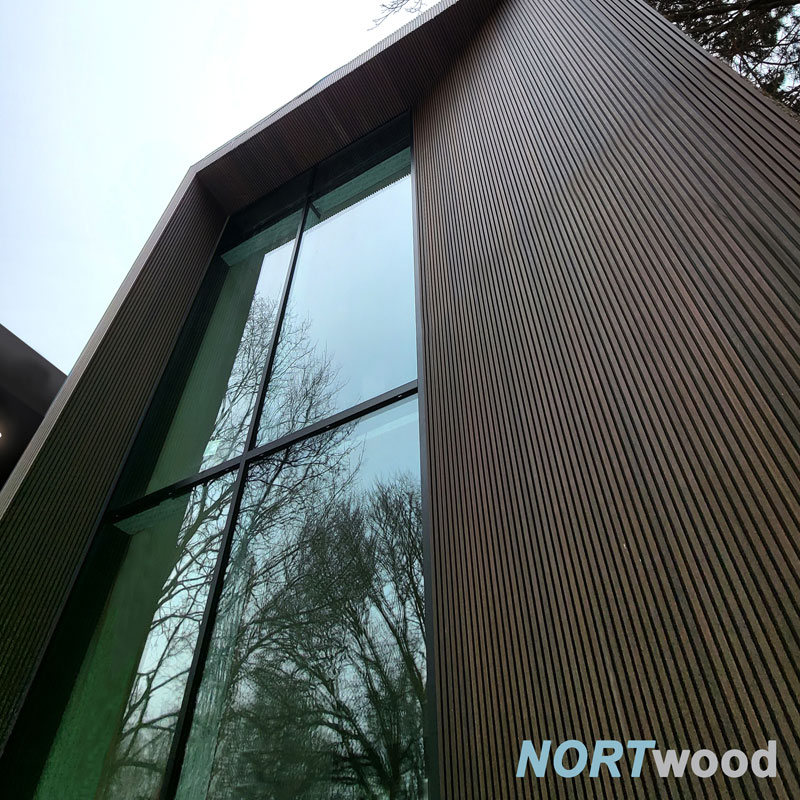A Greener Design Choice: Sustainable Fluted Panels
In a world increasingly focused on sustainability, the choices we make in design and architecture play a crucial role in reducing environmental impact. Sustainable Fluted Panel, with their timeless elegance, have found a place in eco-conscious projects. Today, we explore the realm of sustainable fluted panels, where elegance meets environmental responsibility.
The Sustainable Edge of Fluted Panels

Fluted panels, traditionally made from materials like wood, stone, or metals, have undergone a transformation in response to sustainability concerns. Here’s a look at sustainable fluted panel options that are making waves in the design world:
1. Reclaimed and Recycled Materials
The reuse of materials is a hallmark of sustainability. Fluted panels made from reclaimed wood or recycled metals offer an eco-friendly alternative. These panels retain the character of their previous life while reducing the demand for new resources.
2. Bamboo Fluted Panels
Bamboo is a sustainable superstar. It grows rapidly, requires minimal resources, and is biodegradable. Bamboo fluted panels bring the warmth of wood without the environmental guilt. Their versatility and strength make them ideal for both interior and exterior applications.
3. Sustainable Composites
Innovative composite materials combine natural fibers with recycled plastics to create sustainable fluted panels. These panels are durable, weather-resistant, and suitable for various architectural and design needs.
Benefits of Sustainable Fluted Panels

Sustainable fluted panels offer several advantages beyond their eco-friendliness:
Durability: Many sustainable materials are robust and built to last, reducing the need for frequent replacements.
Customization: These panels come in a variety of styles, finishes, and sizes, allowing designers to achieve their aesthetic vision.
Low Maintenance: Sustainable panels often require minimal maintenance, reducing long-term costs.
Energy Efficiency: Some materials, like bamboo, have natural insulation properties, contributing to improved energy efficiency.
The Design Impact
Sustainable fluted panels seamlessly integrate into diverse design aesthetics. They can be used in residential and commercial spaces, from accent walls to exterior cladding, and even in furniture design. The versatility of these panels makes them a valuable tool for architects and designers committed to sustainable practices.
Choosing Sustainability
When considering fluted panels for your next project, embracing sustainability is not just a trend; it’s a conscientious choice. Sustainable fluted panels offer elegance with a clear conscience, allowing you to create beautiful spaces while contributing to a greener, more sustainable future.
In the world of design, every choice matters. By opting for sustainable fluted panels, you’re not just making a design statement; you’re making a statement about your commitment to the planet—a statement that stands the test of time.
Frequently Asked Questions for Sustainable Fluted Panel Choices
Sustainable fluted panels are made from materials and processes that minimize their environmental impact. They are eco-friendly because they reduce resource consumption and promote responsible design practices.
Sustainable fluted panels can be made from reclaimed wood, recycled metals, bamboo, and innovative composite materials that incorporate natural fibers and recycled plastics.
Many sustainable materials used for fluted panels are highly durable and can match or even exceed the durability of traditional materials, making them a long-lasting choice.
Yes, sustainable fluted panels are available in a wide range of styles, finishes, and sizes, offering versatility for different design and architectural needs.
Some sustainable materials, like bamboo, have natural insulation properties that can help improve energy efficiency by reducing heating and cooling needs.
Maintenance requirements vary depending on the material. However, many sustainable options are low-maintenance, requiring minimal care and upkeep.
Yes, sustainable fluted panels are suitable for both interior and exterior use, making them versatile choices for various architectural and design projects.
The cost of sustainable fluted panels can vary based on the material and design factors. While some sustainable options may have a slightly higher upfront cost, their long-term benefits often justify the investment.
Sustainable fluted panels seamlessly integrate into various design aesthetics, offering elegance while aligning with eco-conscious principles.
Some sustainable materials may carry certifications such as FSC (Forest Stewardship Council) for wood products or certifications related to recycled content. Checking for such certifications can help identify sustainable options.
Many sustainable materials are recyclable or biodegradable, contributing to a more circular and eco-friendly design cycle.
Sustainable fluted panels can be sourced from eco-conscious suppliers and manufacturers. Consulting with architects, designers, or contractors with experience in sustainable design can provide valuable guidance.












